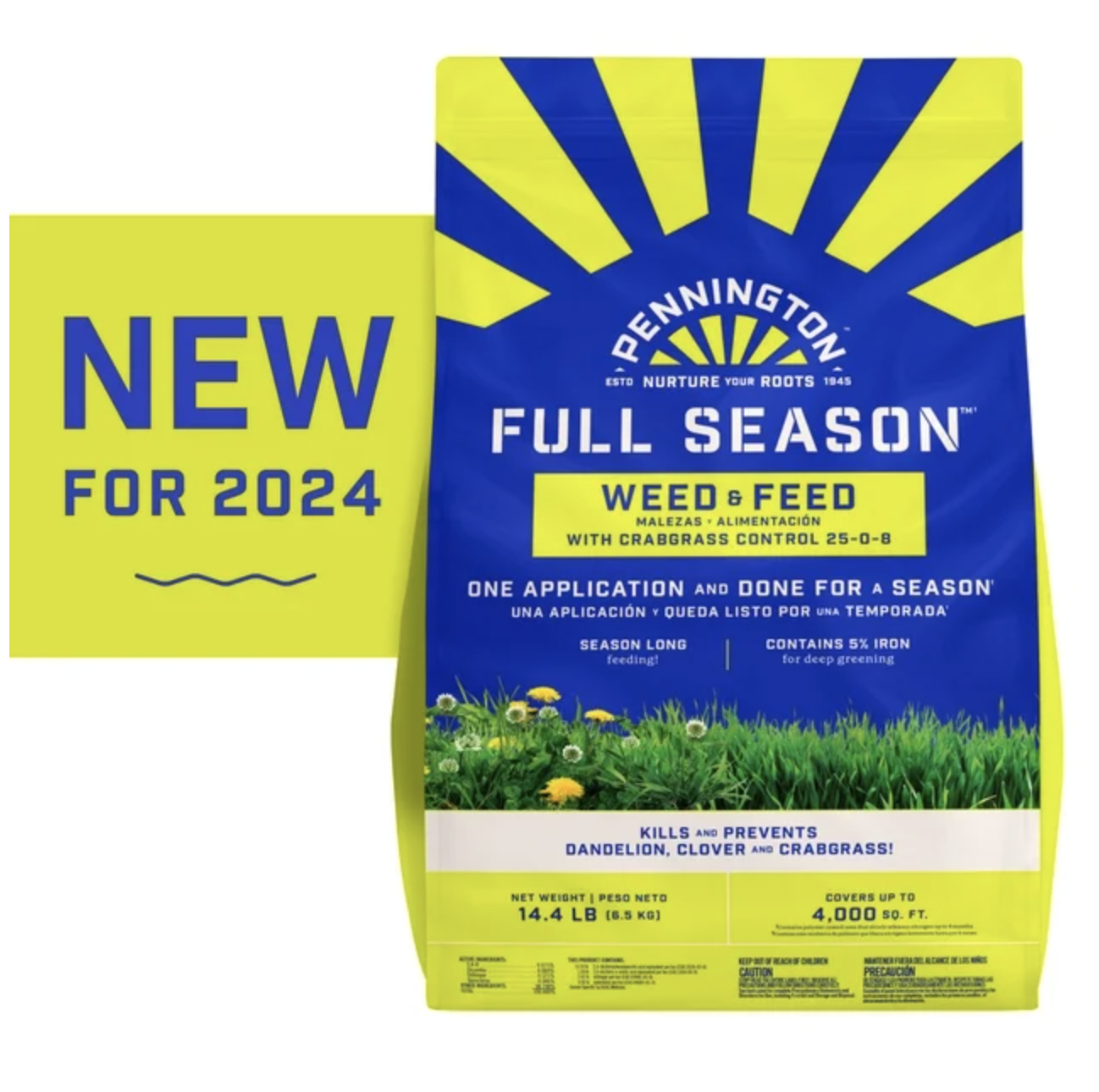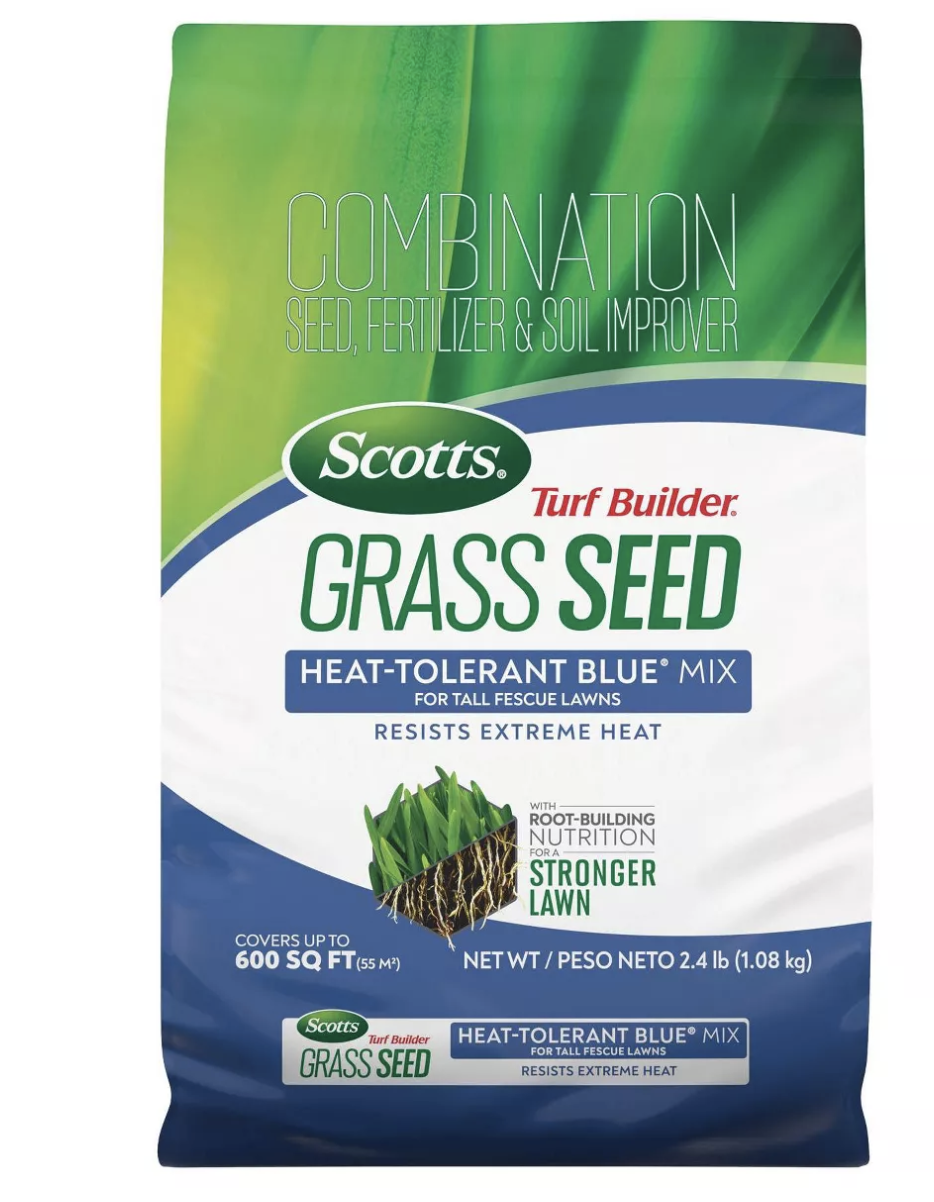Exactly When to Fertilize a Lawn After Winter — Experts Guarantee You a Beautiful Backyard All Year
if you know when to fertilize a lawn after winter then you can set yourself up for a well manicured and healthy backyard all year long

Knowing when to fertilize a lawn after winter isn't just good gardening practice, it's a legal requirement in some states. Fertilizing your lawn too early can also be ineffective–and even detrimental.
'Fertilizing the lawn is a major part of lawn care, but doing it too early wastes money and chemicals,' says Kate Copsey, author of Month-by-Month Gardening New York & New Jersey.
Kate also cautions that lawn fertilizer must not be applied between 1 December-1 March in New York, or from 15 November-1 March in New Jersey.
Of course fertilizer for your lawn is a controversial choice, and not everyone chooses to add chemicals to their backyard. But if you do, make sure to check local limitations. There are buffer zones of 20-foot in New York and 25-foot in New Jersey between the lawn being fertilized and any waterways, to prevent pollution. There are also limits on phosphorous levels, so check what they are, or whether they apply, where you live.
'Excess phosphorus, which drains into waterways, contaminates lakes and rivers and has a detrimental effect on wildlife that depends on those waters,' explains Kate.
1. Know your grass
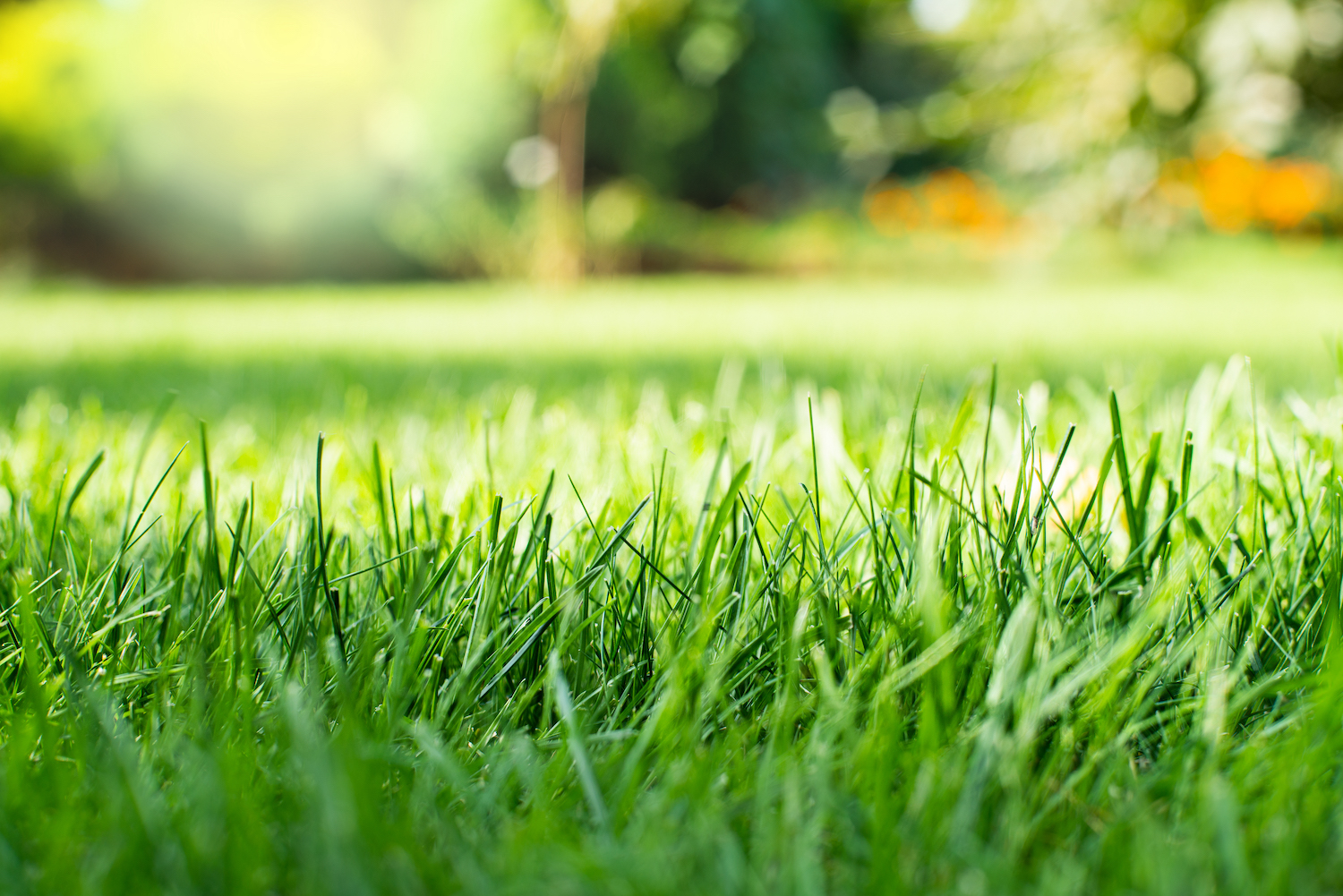
To know when it is the best time to fertilize your lawn, you'll need to know what type of grass you have.
'Most New York and New Jersey lawns contain cool-weather grasses, which include rye grass, fescues, and Kentucky bluegrass,' says Kate Copsey. 'These stay green from the time the snow melts through the first snows of next winter.
'For cool season grasses in this region a light fertilizer in mid-spring (usually late March or early April) can be applied, followed by a second fertilizer in September.
'If the weather has been mild all of March and the grass is nicely greened up from winter, then a first application of fertilizer is fine. If you still have a soggy lawn with areas of snow or water that is more brown than green, then hold off until April,' warns Kate.
'Warm-season grasses perform best with early season fertilizer. A second summer application is preferred to a fall application when the grasses are going dormant (at about 50⁰F),' she adds.
2. Do a soil test
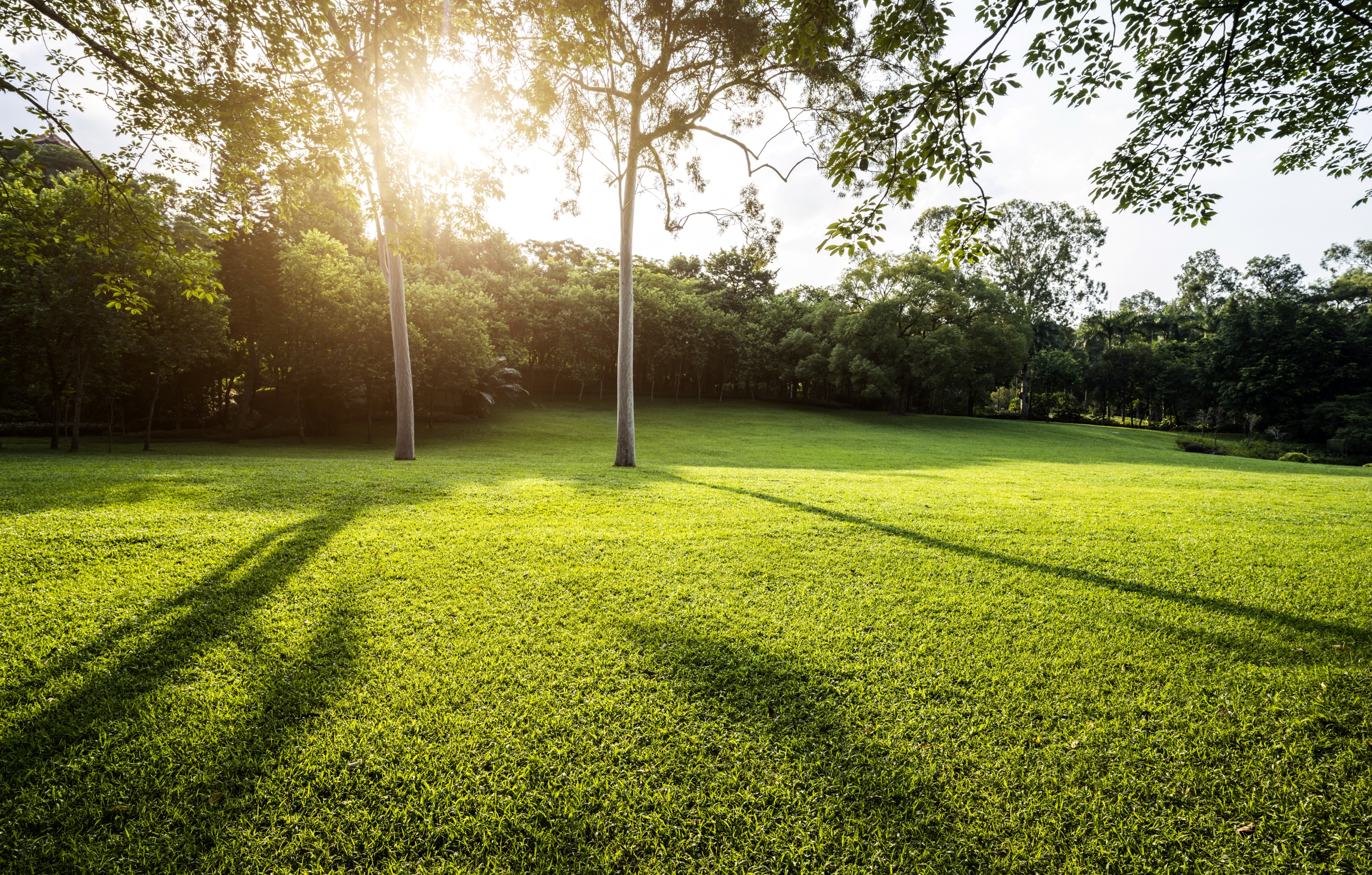
'Doing a soil test first is essential to understand what nutrients your soil may be lacking,' says Tony O'Neill, founder, Simplify Gardening. 'Over-fertilizing can lead to excessive growth, making your lawn more susceptible to diseases and pests.'
This soil test kit is only $11.99 at Walmart, and is good enough to tell you the basics of what you need.
'All fertilizer containers display three numbers on the front of the bag, even if one of the numbers is zero,' explains Kate. 'These are known as NPK. The letters represent nitrogen, phosphorous, and potassium, the three main nutrients necessary for good growth, and the numbers represent the percentage of each nutrient.
'Without a soil test, a typical recommended lawn fertilization rate is about 1 pound of nitrogen per 1,000 square feet. Make sure you sweep up all chemicals that end up on the path or driveways to keep the product out of the street or storm sewers.'
3. Wait until the grass is growing
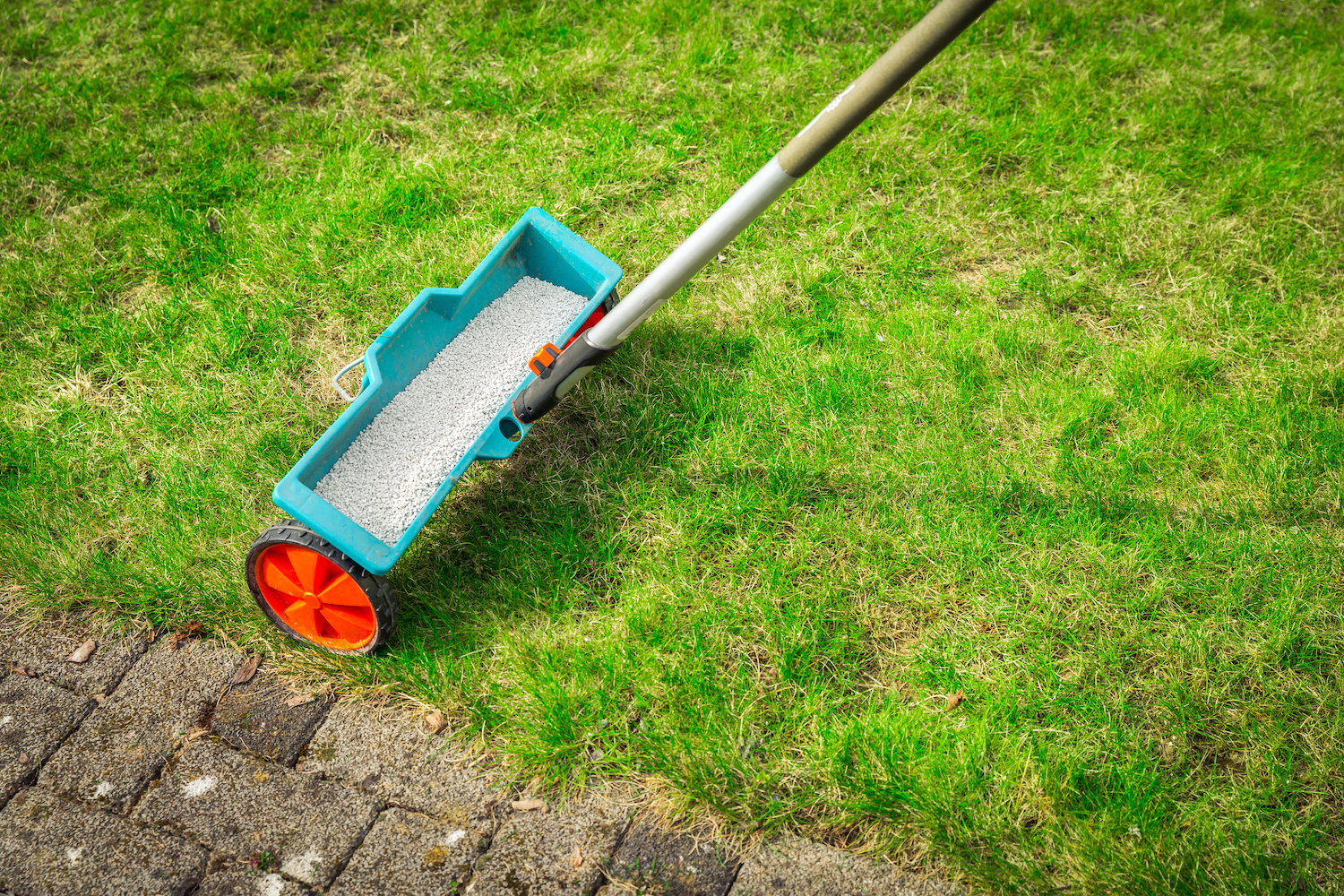
As well as the type of grass you have, and the soil quality, the best time to fertilize your lawn is also dependent on your region and its weather conditions.
'If you discover that your soil is lacking nutrients and you do need to fertilize your lawn after winter, a good time is in the early spring or when the soil temperature reaches about 55ºF,' says Tony. 'This is typically when grass starts growing and can readily absorb the nutrients. I recommend using a slow-release nitrogen fertilizer to provide a steady supply of nutrients.'
'In most areas of New England, March and April are too early to fertilize the lawn,' says Charlie Nardozzi, author of Month-by-Month Gardening New England. 'Wait until the grass is actively growing in May to apply fertilizer, or wait until September.
'If you’re planning on fertilizing your established lawn once in the year, it’s better to do it in fall than spring. Fertilizer applied in spring goes mostly to encourage grass shoot growth.
'That’s the quick green-up we often see after fertilizing. When applied in fall, the fertilizer helps the roots grow stronger instead of encouraging shoot growth only. This makes for a stronger lawn grass that will green up faster and fill in quicker in spring.'
Lawn fertilizers and enhancers to buy now
Be The First To Know
The Livingetc newsletters are your inside source for what’s shaping interiors now - and what’s next. Discover trend forecasts, smart style ideas, and curated shopping inspiration that brings design to life. Subscribe today and stay ahead of the curve.
Jacky Parker is a London-based freelance journalist and content creator, specialising in interiors, travel and food. From buying guides and real home case studies to shopping and news pages, she produces a wide range of features for national magazines and SEO content for websites
A long-time contributor to Livingetc, as a member of the team, she regularly reports on the latest trends, speaking to experts and discovering the latest tips. Jacky has also written for other publications such as Homes and Gardens, Ideal Home, Red, Grand Designs, Sunday Times Style and AD, Country Homes and Interiors and ELLE Decoration.
-
 Straight from Salone: Five Emerging Trends I Found That'll Shape Interiors For the Year Ahead
Straight from Salone: Five Emerging Trends I Found That'll Shape Interiors For the Year AheadFrom reflective silver to fluidity, here's my perspective on the key themes and new moods coming through from Milan Design Week
By Sarah Spiteri Published
-
 9 Bathroom Storage Mistakes You're Probably Making That Make Using This Space Much Harder — And What to Do Instead
9 Bathroom Storage Mistakes You're Probably Making That Make Using This Space Much Harder — And What to Do InsteadDiscover which mistakes are to blame for your overcrowded and cluttered bathroom
By Seraphina Kyprios Published
